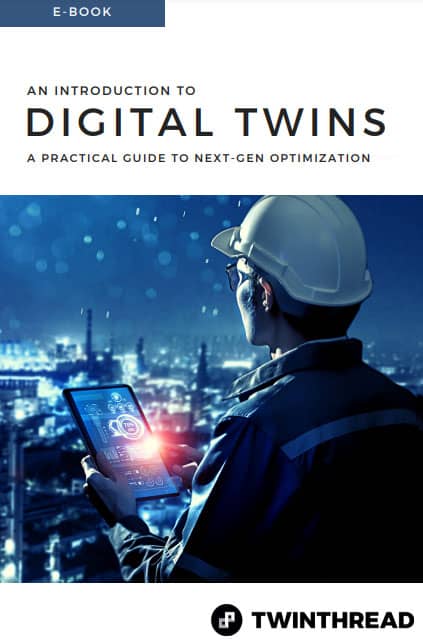At TwinThread, we are big believers in Digital Twins, and Digital Threads, heck, we even named our company after them! The internet is full of references to these two terms as part of the ever growing hype around IoT, and more specifically Industrial IoT.
But what exactly is a Digital Twin? Is it deserving of all this hype?
For me, the simplest way to define a Digital Twin is that it is the digital, or computer based, representation of any physical asset. So the Digital Twin includes the physical design of the asset (like, for example, a 3D CAD drawing), as well as all the information about the assets current, and historical running conditions.
To think about this another way, if you walked up to, for example, a pump that is operating in the field, you would be able to look at it and describe to someone its physical characteristics. Assuming the appropriate sensors, and gauges were available, you would also be able to tell us how fast its motor is turning, how much liquid it is pumping, what its temperature is currently. Essentially, you would know everything that is available to know about that pump. The Digital Twin of that pump is simply allowing you, and others, to see all that same information via a computer… anywhere in the world rather than right beside the pump itself.
There is one more thing that a Digital Twin offers that you would not get standing right beside the asset. History. With a Digital Twin, you also get the historical view of all of the things I described above. This means you can look at how that pump was running yesterday, last week, or even 2 years ago. You can also look at the physical characteristics of the pump last year before it had that new part added to it for example.
By now, you might be thinking to yourself that this story seems familiar. After all, software like CAD and PLM systems have been maintaining the physical attributes of assets for years and even decades. Similarly, SCADA systems have allowed us for decades to look at the operating conditions of an asset digitally from a nearby control room, or yes even on the other side of the globe. And finally, Process Historians have allowed us to capture that historical information… also for decades.
So what’s the big deal? Why is this Digital Twin thing worth all the hype?
What’s new is less about the fact we have been collecting this stuff for years and more about what we can do with it. In a nutshell, a Digital Twin is the combining of all these different tools together into a single concept. By doing so, we now have the ability to leverage that data in new and powerful ways. More importantly, the proliferation of cheap sensors and cheap storage means that it is more and more practical to be able to maintain a Digital Twin practically all your assets. Add to this the availability of infinitely scalable and reasonably priced computing power means that, for the first time, we are actually now able to take advantage of all this data these Digital Twins are producing.
It is this confluence of having all the data, and the computing power to take advantage of that data that makes the Digital Twin concept new, exciting, and deserving of the hype.
So now that we have all this data, and the power to process it, what will we do with it? That is the new frontier of Industrial IoT. Over the coming years, as the industry evolves, the value of this data, and the insights it can deliver to improve productivity, profitability, and overall efficiency, will become apparent. To learn more about the Digital Twin concept, get started today.

May 10, 2017

